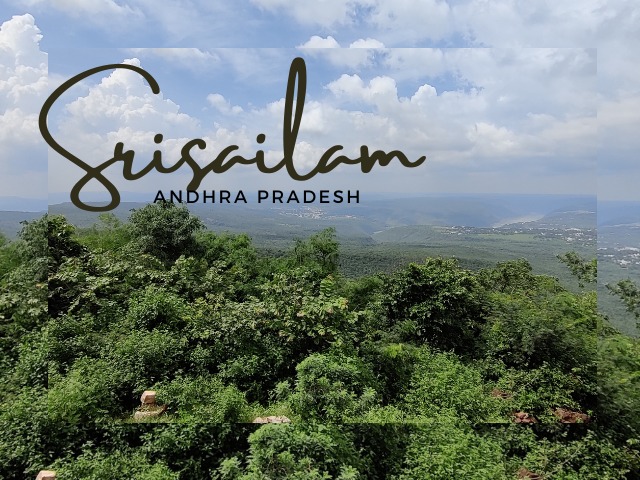Exploring the Rich Heritage of Saree in Indian Culture

The saree, one of the oldest and most iconic garments in India, holds a significant place in the country’s cultural fabric. Its elegance, versatility, and rich heritage have made it a timeless piece of clothing that transcends generations and regional boundaries.
Let’s dive deep into the cultural significance, regional varieties, and timeless beauty of the saree in Indian culture. Theethnicworld is the top wholesale saree manufacturer in India, with a wide range of beautiful and traditional sarees available at great prices.
The Cultural Significance of Saree
Saree is not just a piece of cloth it’s a symbol of Indian heritage, tradition, and femininity. Spanning over five to nine yards, the saree beautifully drapes over the body, symbolizing grace and modesty. Its presence can be traced back to the Indus Valley Civilization, making it one of the oldest garments still in use.
Worn on festivals, weddings, and even daily life, the saree plays a central role in Indian celebrations. It’s passed down from generation to generation, often carrying with it memories and traditions. Many women cherish their grandmother’s or mother’s sarees as treasured heirlooms.
Regional Varieties of Sarees in India
India’s diversity is reflected in the myriad of saree styles from different regions. Each state has its unique way of weaving, dyeing, and draping this beautiful garment. Some popular varieties include:
1. Banarasi Saree (Uttar Pradesh)
Renowned for its fine silk and intricate designs, Banarasi sarees are woven with gold and silver zari threads. They are traditionally worn at weddings and are a symbol of luxury and opulence.
2. Kanjivaram Saree (Tamil Nadu)
The pride of South India, Kanjivaram sarees are known for their heavy silk fabric and bold colors. These sarees feature temple motifs, peacocks, and other traditional designs, making them a favorite for brides.
3. Paithani Saree (Maharashtra)
Originating from the town of Paithan, these sarees are made of silk and are distinguished by their vibrant colors and unique oblique square designs. They are often adorned with motifs of peacocks, lotus, and other traditional symbols.
4. Patola Saree (Gujarat)
A double ikat weave, Patola sarees are known for their bright colors and intricate geometric patterns. The creation of a Patola saree is a painstaking process, often taking several months.
5. Assam Silk Saree (Assam)
Muga silk sarees from Assam are prized for their durability and natural golden sheen. These sarees are lightweight and are often adorned with traditional Assamese motifs like flowers and animals.
6. Chanderi Saree (Madhya Pradesh)
Known for their sheer texture and lightweight fabric, Chanderi sarees are perfect for festive and casual wear. They often feature delicate motifs like coins, flowers, and peacocks.
7. Bandhani Saree (Rajasthan and Gujarat)
This saree involves a unique tie-dye process called Bandhej. The fabric is tied into small knots and then dyed to create a series of vibrant, dotted patterns.
The Evolution of Saree Draping Styles
Though the saree has remained a constant in Indian attire, the ways in which it is draped have evolved over time and across regions. Here are some common draping styles:
- Nivi Style (Andhra Pradesh): The most popular draping style, where the saree is pleated and tucked at the waist, with the pallu draped over the shoulder.
- Bengali Style (West Bengal): This style features an open pleat at the front, and the pallu is worn over both shoulders.
- Maharashtrian Style (Maharashtra): Worn by Maharashtrian brides, this style involves wrapping the saree like a dhoti, with pleats in the front and the pallu draped over the shoulder.
- Gujarati Style (Gujarat): Here, the pallu is brought to the front from the back and draped over the right shoulder.
Saree in Modern Fashion
The saree has not only stood the test of time but has also adapted to modern fashion. Designers today are experimenting with different fabrics, fusion styles, and innovative draping techniques, making the saree an essential part of contemporary wardrobes.
Bollywood has also played a significant role in keeping the saree relevant. Celebrities like Deepika Padukone, Priyanka Chopra, and Vidya Balan have embraced this traditional garment at prestigious events, including international platforms.
Sustainability and the Saree
In today’s world of fast fashion, the saree stands out as a sustainable garment. It can be repurposed into skirts, dresses, and other outfits, reducing waste. Additionally, many weavers use eco-friendly dyes and natural fibers, contributing to a more sustainable fashion industry.
Conclusion
The saree is a beautiful blend of tradition, culture, and fashion. Its timeless appeal, adaptability, and regional variations make it a significant part of Indian heritage. Whether it’s a family heirloom or a contemporary designer piece, every saree tells a story of Indian craftsmanship and elegance. And you can buy Indian wholesale sarees in United States at wholesale price.
FAQs
1. What is The Cultural Significance of Sarees in India?
Sarees represent grace, femininity, and tradition in Indian culture. They are worn on special occasions like festivals, weddings, and religious ceremonies, and are often passed down through generations as a symbol of familial legacy.
2. How Many Types of Sarees Are There in India?
India boasts a rich variety of sarees, with each region having its distinct style. Some popular types include Banarasi, Kanjivaram, Paithani, Patola, Assam Silk, Chanderi, and Bandhani sarees.
3. Which Saree is Best for a Wedding?
For weddings, Banarasi, Kanjivaram, and Paithani sarees are considered the most luxurious and traditional options due to their rich fabrics and intricate designs.
4. How Can I Style a Saree in a Modern Way?
You can experiment with blouse designs, draping styles, or pair the saree with a belt for a modern twist. Celebrities often opt for fusion looks, mixing traditional sarees with contemporary accessories.
5. Is Saree Sustainable Fashion?
Yes, sarees can be highly sustainable. They can be reused, repurposed, and often passed down as heirlooms. Additionally, many saree fabrics are made using eco-friendly dyes and natural fibers.
6. Can I Wear a Saree Daily?
Yes, lightweight sarees like cotton or Chanderi are ideal for daily wear. Many women in India wear sarees to work or in casual settings due to their comfort and versatility.
By embracing the saree, you’re not just wearing a garment but a piece of India’s cultural heritage, rich with history, elegance, and style.










